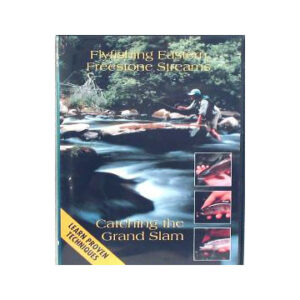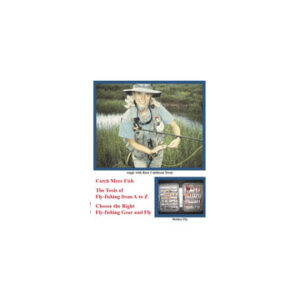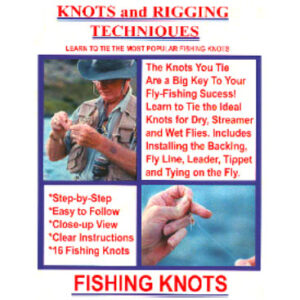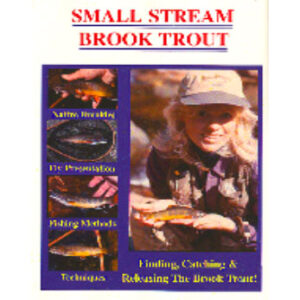Learn to identify mayflies
Learn how to imitate their behavior
How, when and where they hatch
Identify Clinger, crawler, burrower & swimming nymphs
See the Naturals
Learn to Match the Hatch
Eastern, Western, Mid-West Streams
Nymphs, Emergers, Duns and Spinners
The objective is to assist you in identifying which aquatic insects the trout are feeding on, selecting an imitation that matches it and presenting the imitation in such a manner as to fool the trout into thinking it’s the real thing.
By far the most imitated species of aquatic insect is the mayfly. You will see the order “Ephemeroptera” a big word meaning, “short-lived winged insect”-(ephemero-meaning short lived) and (ptera-meaning winged). In the United States there are several hundred species of them. When mayflies are hatching and trout are rising, it is a fly fishers dream that came true. Day in and day out, however, this is not the case. To begin with, in the U. S., with few exceptions, mayflies only hatch between the months of March and November and this long period of time occurs only in the southernmost areas of the U.S. where trout waters exist. On most streams, the majority of the hatches occur during the months of May, June and July. When hatches do occur, many of them only last for a short period of time, a few days or less in many cases.
During the hatch mayfly duns may emerge for only an hour or two and not return to the water as a spinner until dark or even well into the night in some cases. So all things considered, on any given stream or lake, trout are only feeding on hatching mayfly duns or spinners a very small percentage of time. When they do, you want to be ready for them.





